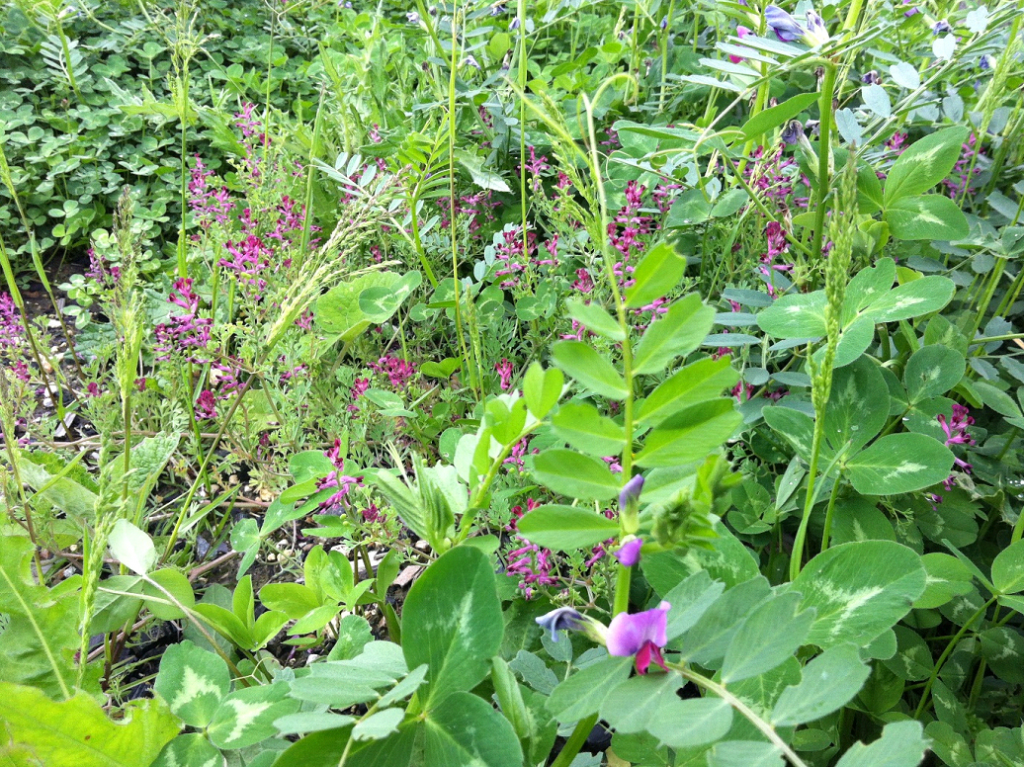In our series of inspirational Action Plan blogs, Tony Morris from RSPB highlights how research is a key component in the conservation toolkit for our work on turtle dove.
I am Tony Morris, the Principal Research Manager at RSPB’s Centre for Conservation Science. Although my job is now largely desk-bound, once upon a time, not so long ago I was the scientist overseeing eight years of research on turtle doves in the UK breeding grounds. Even in my current role I retain a great interest in the ongoing conservation efforts to save this iconic species.
To this end, the launch of the Turtle Dove Species Action Plan is a massive step forward. It contains a vast wealth of knowledge accumulated from many sources across the range, from Russia to the UK; the Baltic to the Mediterranean, to form a comprehensive, up-to-date compendium on turtle dove ecology: the type of reference work which, sadly, is available for few other bird species. Alone, this would be an impressive achievement but, as its name suggests, the Plan is much more than a work of reference. It is a spring-board for positive, practical ACTION to help turtle doves throughout their breeding range, and beyond.
I am proud to have played a small part in the process. Yes, I contributed to some of the text in the Action Plan and attended and spoke at workshops but the biggest contribution made by the RSPB’s science team has been the sheer volume of data collected. Since 2010, many dedicated researchers have spent tens of thousands of hours in the field (often during anti-social times of the day: turtle doves are notoriously early-risers!) collecting data on the birds, then inputting, analysing and writing up the results. These data on where doves choose to nest and feed, what they eat, disease, reproductive success and survival, and movements within the breeding grounds and to and from the wintering areas in Africa have refreshed and expanded our knowledge of the species.
Research has demonstrated that turtle doves are in better condition and the young are more likely to survive after leaving the nest if they have access to the seeds on which turtle doves feed, and sparsely vegetated ground to access to the seed, There are also indications that turtle doves were more abundant on sites creating extra seed-rich habitat, and that these sites were more likely to retain turtle doves over time. Previous research has also shown a change in diet from arable weed seeds to predominantly those of cultivated crops corresponds to fewer nesting attempts across the breeding season.
The strong evidence-base forms the lynch-pin of the Plan’s recommendation to create more accessible, seed-rich foraging habitat throughout the breeding range. This, in conjunction with management of hunting, provides a blueprint for successful turtle dove conservation. Now is the time to turn the Plan into ACTION!









